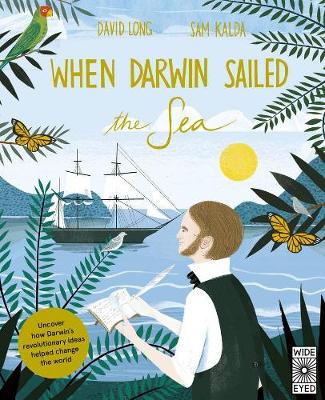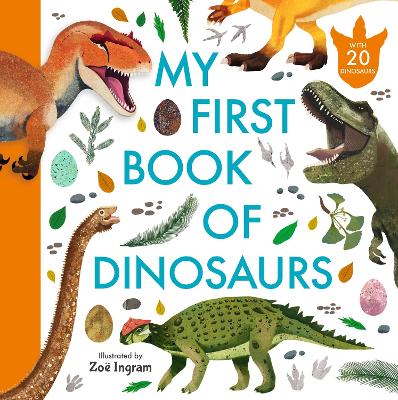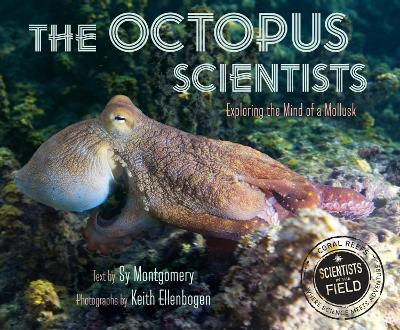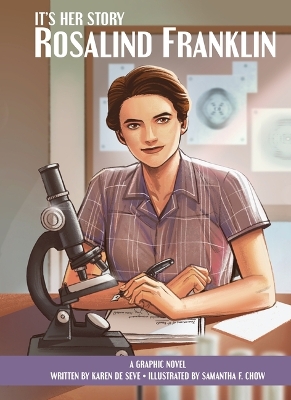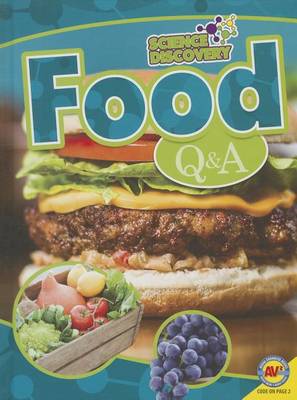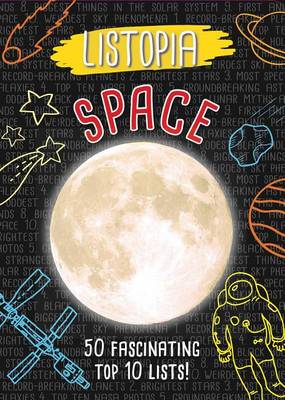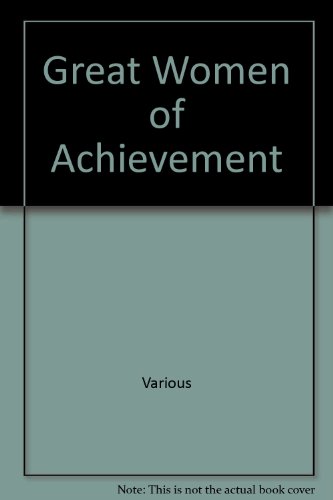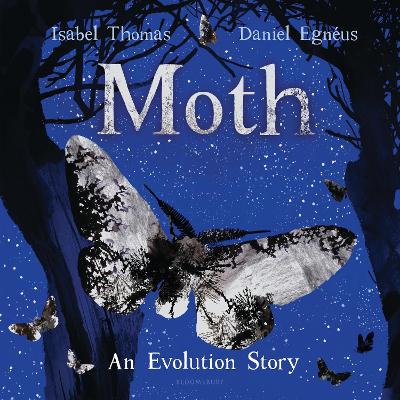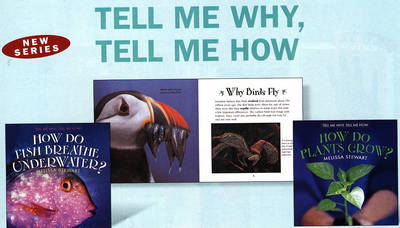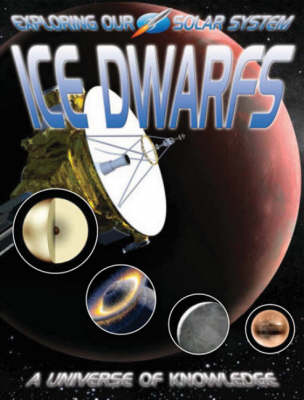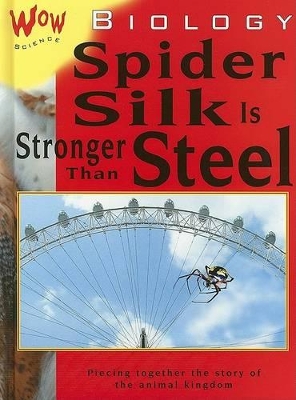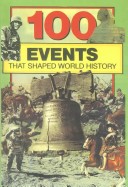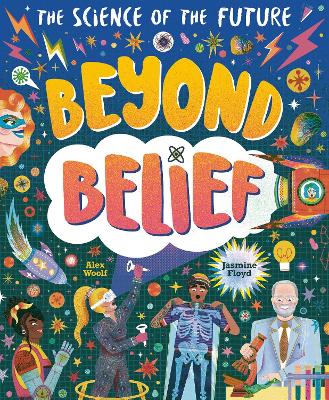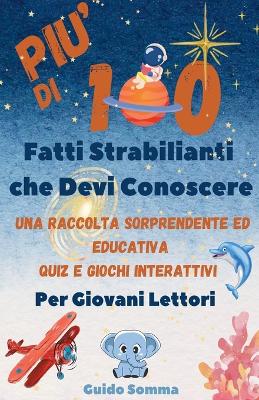"A wonderful addition to any biography section for young people" --School Library Journal Published to celebrate the 200th anniversary of the launch of the HMS Beagle, this beautifully illustrated narrative nonfiction book tells the story of Charles Darwin, and shows how his revolutionary research changed the world forever. At the age of 22, Charles Darwin clambered up the steps of HMS Beagle armed with enough notepads to last him for several years and set sail on a journey of exploration tha...
The perfect gift for any young dinosaur-lover, this beautifully illustrated information book is an ideal introduction to the world of prehistoric animals!Illustrated in a bright, contemporary style, this is a modern guide to some of the most popular and interesting dinosaurs from the terrifying Tyrannosaurus Rex to the vicious Velociraptor, taking in such favourites as Stegosaurus, Triceratops, Iguanodon and Diplodocus along the way. This information book for young children is packed with inform...
Looks at the work of renowned octopus scientist Jennifer Mather and a team of researchers on the island of Moorea, where they work to learn more about octopuses and their behavior. This book follows an international team of scientists with varied focuses as they work together on a remote South Pacific island to study octopus behaviors.
California Gold Rush (Graphic History) (Events That Shaped America)
by Joe Dunn
It's Her Story Rosalind Franklin (It's Her Story)
by Karen de Seve
Tell Me Why, Tell Me How (Group 2)
Ice Dwarfs: Pluto and Beyond (Exploring Our Solar System)
by David Jefferis
Pasteur's Fight Against Microbes (Science Stories S.) (Science Stories)
by Beverly Birch and Christian Birmingham
In 1856, when Louis Pasteur first began studying microbes in rotten sugarbeet juice, he put into motion a chain of events that saved France's wine industry, and revolutionized medicine and biology.
People, children especially, have been baffled, bewildered, and even outraged by the fact that Pluto is no longer called a planet. Through whimsical artwork and an entertaining dialogue format, Pluto's Secret explains the true story of this distant world. Providing a history of the small, icy world from its discovery and naming to its recent reclassification, this book presents a fascinating look at how scientists organize and classify our solar system as they gain new insights into how it works...
My Encyclopedia of Very Important Science (My Very Important Encyclopedias)
This beginners’ book introduces children to the science all around us.From how a plant makes seeds, and how a caterpillar turns into a butterfly, to how we use friction to warm our hands, and how gravity holds us on the Earth, this book has it covered.Investigate the energy of light and sound, examine the power of electricity and magnets, and inspect the makeup of glass. Then study the strength of plastic and how it can be recycled and reused. Next launch into space and explore the planets of th...
Describes the work of scientists in America's national parks, as they study geysers, grizzly bears, salamanders, cacti, and fireflies. Rare fireflies and red-cheeked salamanders, found nowhere else in the world, are just two of the unique subjects in U.S. national parks. Photographs and text take readers into three parks to discover what scientists are studying and learning.
Today's innovators are often inspired by the futuristic visions of science fiction... worlds in which humans can travel through time, teleport, upload their minds to a computer and create artificial life. But did you know that many of these strange and far-fetched ideas could one day emerge as real technologies? Learn what steps scientists are taking to make these dreams real, and what the implications may be for humanity.

